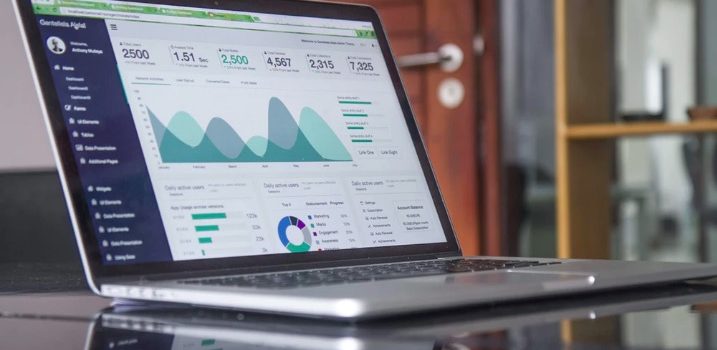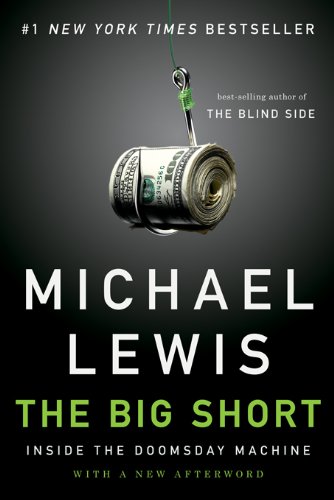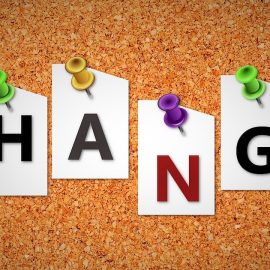

This article is an excerpt from the Shortform summary of "The Big Short" by Michael Lewis. Shortform has the world's best summaries of books you should be reading.
Like this article? Sign up for a free trial here .
What is a synthetic CDO, or synthetic collateralized debt obligation?
A synthetic CDO is a type of CDO that bundles credit default swaps into a new financial product. While a traditional CDO is valued based on cash assets like mortgage payments, the value of synthetic CDOs comes from the premiums paid on bets that certain bundles of securities (like mortgages) will default.
We’ll cover what synthetic CDOs are, why they’re so confusing, and how their involvement in the 2008 financial crisis makes them controversial.
What Is a CDO?
Before we can understand what is synthetic CDO, or synthetic collateralized debt obligation, is, we need to understand the idea behind the traditional CDO. As we’ll see, this is easier said than done: CDOs are intentionally confusion.
CDO stands for collateralized debt obligation. Essentially, the CDO was a product designed to conceal the true risks of mortgage-backed securities. The mortgage-backed security was a bond made up of thousands of loans. The logic was that the bond as a whole was secure, as it was highly unlikely that the underlying mortgages would all tank at once—there was safety in numbers.
The CDO just applied this principle to the bonds themselves. A CDO bundled together the lowest-quality bonds into a whole new tower. It was a bundle of bundles. Bizarrely, the ratings agencies treated this repackaged product as an entirely new financial instrument and slapped a triple-A rating on it (the highest rating that can be given to an asset).
What Is a Synthetic CDO?
The issue was compounded even further by the existence of synthetic CDOs. What are synthetic CDOs, and how did they amplify the problem?
Synthetic CDOs: Wall Street Alchemy
An example comes in the shorts that the contrarian investors made. Essentially, investors such as Steve Eisman, Michael Burry, and Greg Lippmann’s bets against the subprime mortgage market were more than just simple bets or insurance contracts. They were themselves financial instruments that created their own set of cash flows—the gains they stood to make when the mortgage bonds went bad represented the losses of an actual investor who’d purchased the original bonds. They were, in fact, a near replica of the original mortgage bonds, just with the cash flows going in the opposite direction.
By the very act of purchasing credit default swaps, Eisman, Burry, and Lippmann had created a synthetic mortgage bond—one which could, in turn, be rated by the ratings agencies and packaged off to another round of investors. These investors (like AIG) didn’t know it, but they were essentially making a bet on the outcome of another bet. And the process could replicate itself endlessly. New synthetic CDOs could be spawned from the first generation of synthetics. Wall Street didn’t even need to make new subprime loans anymore: through synthetic CDOs, they could create new derivatives out of thin air.
Thus, credit default swaps—an insurance product that, in theory, was meant to spread risk around and make the market as a whole more stable—ended up greatly increasing the risk from and exposure to the original mortgage bonds. The synthetic CDOs exponentially increased the size of the mortgage bond market. A $10 million CDO could be transformed into $1 billion of synthetic CDOs. It was pure speculation and abstraction—at this level, investors weren’t even speculating on actual assets like home loans and home buyers. They were betting on the performance of bets.
This is why synthetic CDOs are so confusing: They’re not made up of actual assets. Because the value of synthetic CDOs was tied up in the losses of people betting against the housing market, when the housing market collapsed and people starting winning their bets, the whole system of synthetic CDOs crumbled, leading to the 2008 financial crisis.
———End of Preview———

Like what you just read? Read the rest of the world's best summary of "The Big Short" at Shortform . Learn the book's critical concepts in 20 minutes or less .
Here's what you'll find in our full The Big Short summary :
- How the world's biggest banks contributed to the 2008 financial crisis, greedily and stupidly
- How a group of contrarian traders foresaw the bubble popping, and made millions from their bets
- What we learned from the 2008 crisis - if anything






